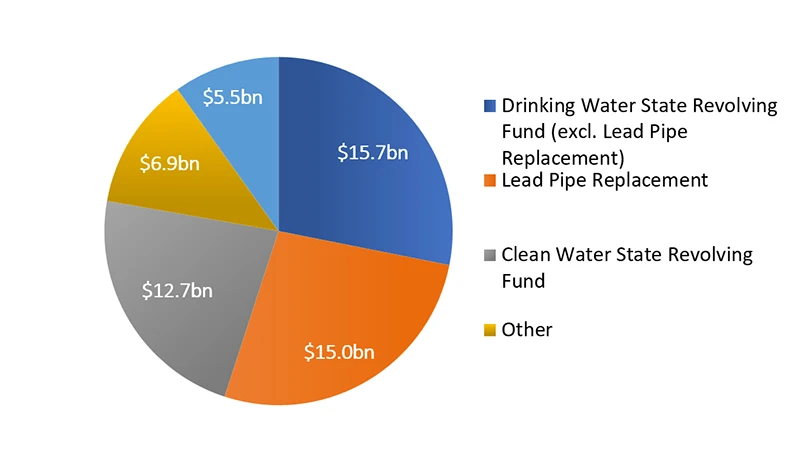Mastering Your Finances: How to Effectively Calculate Interest Only Loan Payments for Maximum Savings
Guide or Summary:Understanding Interest Only LoansAdvantages of Choosing an Interest Only LoanHow to Calculate Interest Only Loan PaymentsUnderstanding the……
Guide or Summary:
- Understanding Interest Only Loans
- Advantages of Choosing an Interest Only Loan
- How to Calculate Interest Only Loan Payments
- Understanding the Risks of Interest Only Loans
- Strategies for Managing Your Interest Only Loan
- Final Thoughts on Calculating Interest Only Loans
#### Introduction to Interest Only Loans
Understanding Interest Only Loans
Interest only loans are a unique type of financing where the borrower pays only the interest on the loan for a specified period, usually 5 to 10 years, after which they begin repaying the principal. This type of loan can be attractive for those looking to manage their cash flow or invest in other opportunities while keeping initial payments lower.
#### Benefits of Interest Only Loans
Advantages of Choosing an Interest Only Loan
One of the primary benefits of an interest only loan is the lower initial monthly payments. This can free up cash for other investments or expenses. Additionally, borrowers can take advantage of rising property values without the burden of high monthly payments. This flexibility can be particularly appealing for real estate investors or those who anticipate an increase in their income in the future.
#### Calculating Your Interest Only Loan Payments

How to Calculate Interest Only Loan Payments
To calculate your interest only loan payments, you need to know the loan amount, the interest rate, and the loan term. The formula to determine your monthly interest payment is:
\[ \text{Monthly Interest Payment} = \frac{\text{Loan Amount} \times \text{Interest Rate}}{12} \]
For example, if you have a $300,000 loan at a 4% interest rate, your calculation would be:
\[ \text{Monthly Interest Payment} = \frac{300,000 \times 0.04}{12} = 1,000 \]

This means your monthly payment for the interest only period would be $1,000.
#### Risks Involved with Interest Only Loans
Understanding the Risks of Interest Only Loans
While interest only loans can provide short-term financial relief, they also come with significant risks. After the interest-only period ends, borrowers will face higher monthly payments as they start repaying the principal. This can lead to payment shock, especially if property values decline or if the borrower’s financial situation changes. It’s essential to plan ahead and consider how you will manage these payments in the future.
#### Making the Most of Your Interest Only Loan

Strategies for Managing Your Interest Only Loan
To effectively manage an interest only loan, borrowers should consider setting aside the difference between their interest payments and what they would pay on a traditional loan. This can create a cushion for when the principal payments begin. Additionally, investing the savings from lower payments into higher-yielding opportunities can help offset future costs.
#### Conclusion
Final Thoughts on Calculating Interest Only Loans
Calculating interest only loan payments is a straightforward process that can lead to significant financial benefits if managed correctly. Understanding the advantages and risks associated with these loans is crucial for making informed decisions. By employing effective strategies and preparing for future payment increases, borrowers can maximize their savings and achieve their financial goals. Whether you are a first-time homebuyer or an experienced investor, mastering the calculation of interest only loans can be a powerful tool in your financial toolkit.